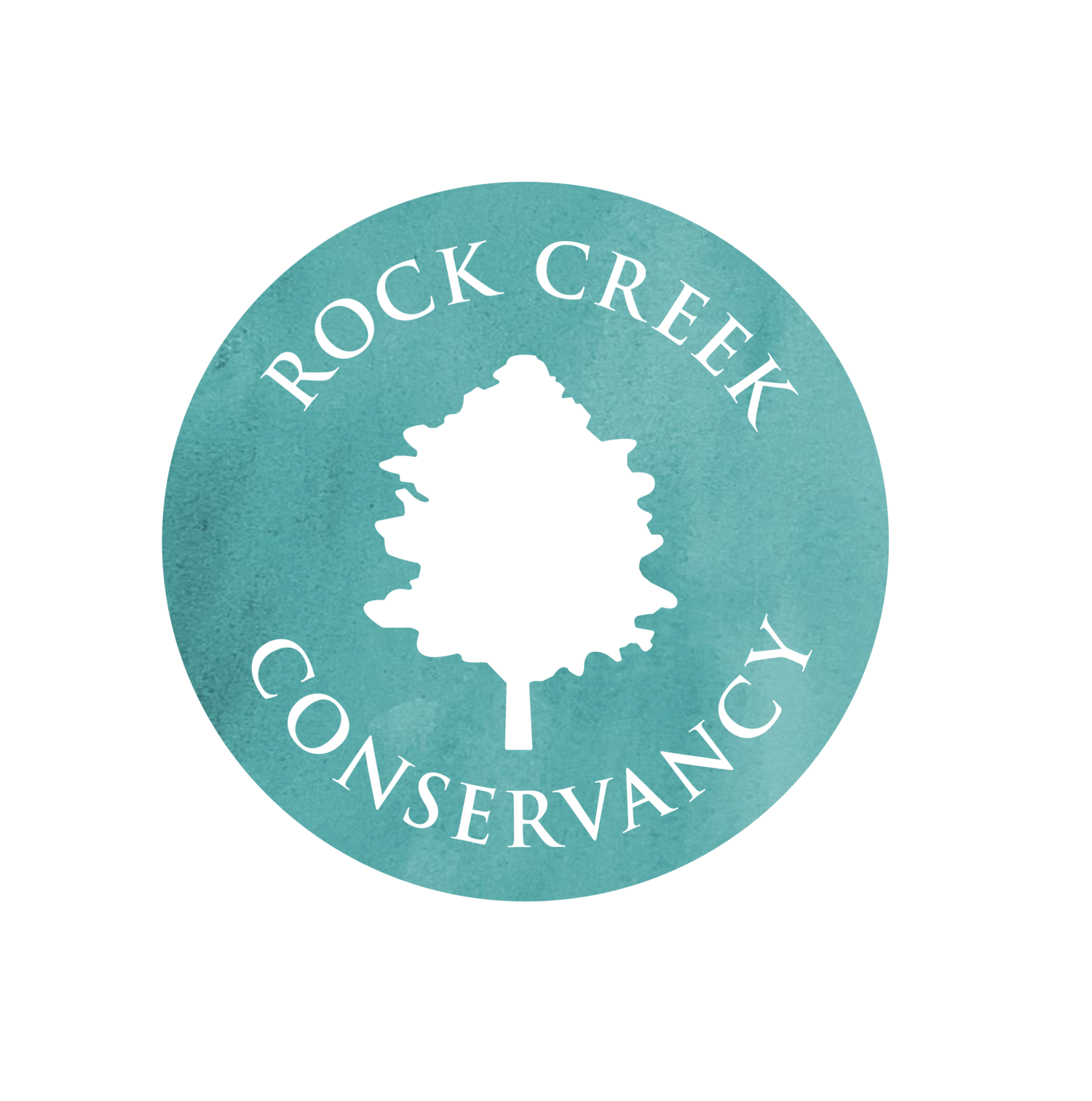
Strathmore
Strathmore is a vibrant spot for the enjoyment and practice of music and other performing arts, bringing about a quarter million people to its campus each year. This project restores the fragmented forest and shrub thickets bordering the Strathmore Mansion and its traditional landscapes, showcasing the potential for healthy natural areas in developed spaces, including our homes.
The primary restoration area is located south and west of the mansion, bordered by Rockville Pike and Tuckerman Lane.
Pictured here is the restoration area after the removal of all of the invasive plants. The site is now ready to be planted with native shrubs and trees.
Fun fact: Built in 1902, the Mansion at Strathmore has a rich history, including its use by Filipino president Manuel L. Quezon as temporary governmental headquarters during World War II.
Size: 0.5 acres
Status: In progress
Primary issue: A monoculture of invasive bush honeysuckle, accompanied by invasive vines, reduces the quality of habitat on the site for wildlife and makes the area less able to mitigate stormwater runoff from the surrounding roadways and parking areas.
Restoration actions
RC3 member holds up an invasive bush honeysuckle root that was removed from the site.
Summer 2023: Rock Creek Conservation Corps (RC3) members begin the management of invasive species, including removing the majority of mature bush honeysuckle behind the mansion.
April 2024: Contracted treatment of invasive vegetation across the site, and installation of native shrubs.
Native shrubs planted at the site.
Summer 2024: RC3 continues to manage invasive species, expanding to clear new areas of bush honeysuckle, clear vines from and water newly installed plantings, and locate and remove large arborized vines (English ivy, porcelain berry, bittersweet, and wisteria) from surrounding forest fragments.
September 2024: Contracted treatment of invasive vegetation across the site.
February 2025: Tree Montgomery completes a native tree planting at the restoration site.
Funded in part by the Chesapeake Bay Trust, Montgomery County Department of Environmental Protection, and the U.S. Environmental Protection Agency with funding provided through the Montgomery County Water Quality Protection Fund.





